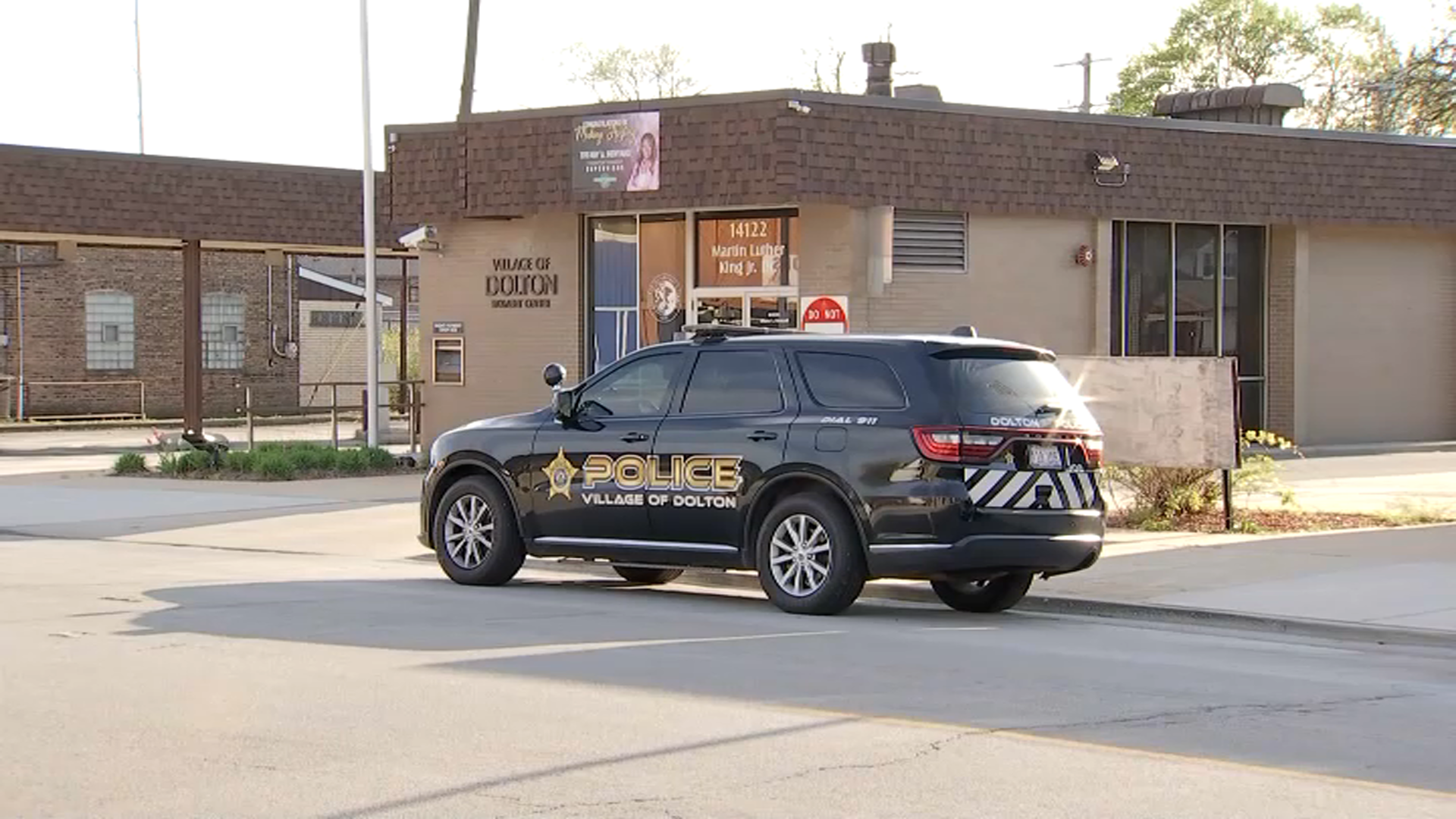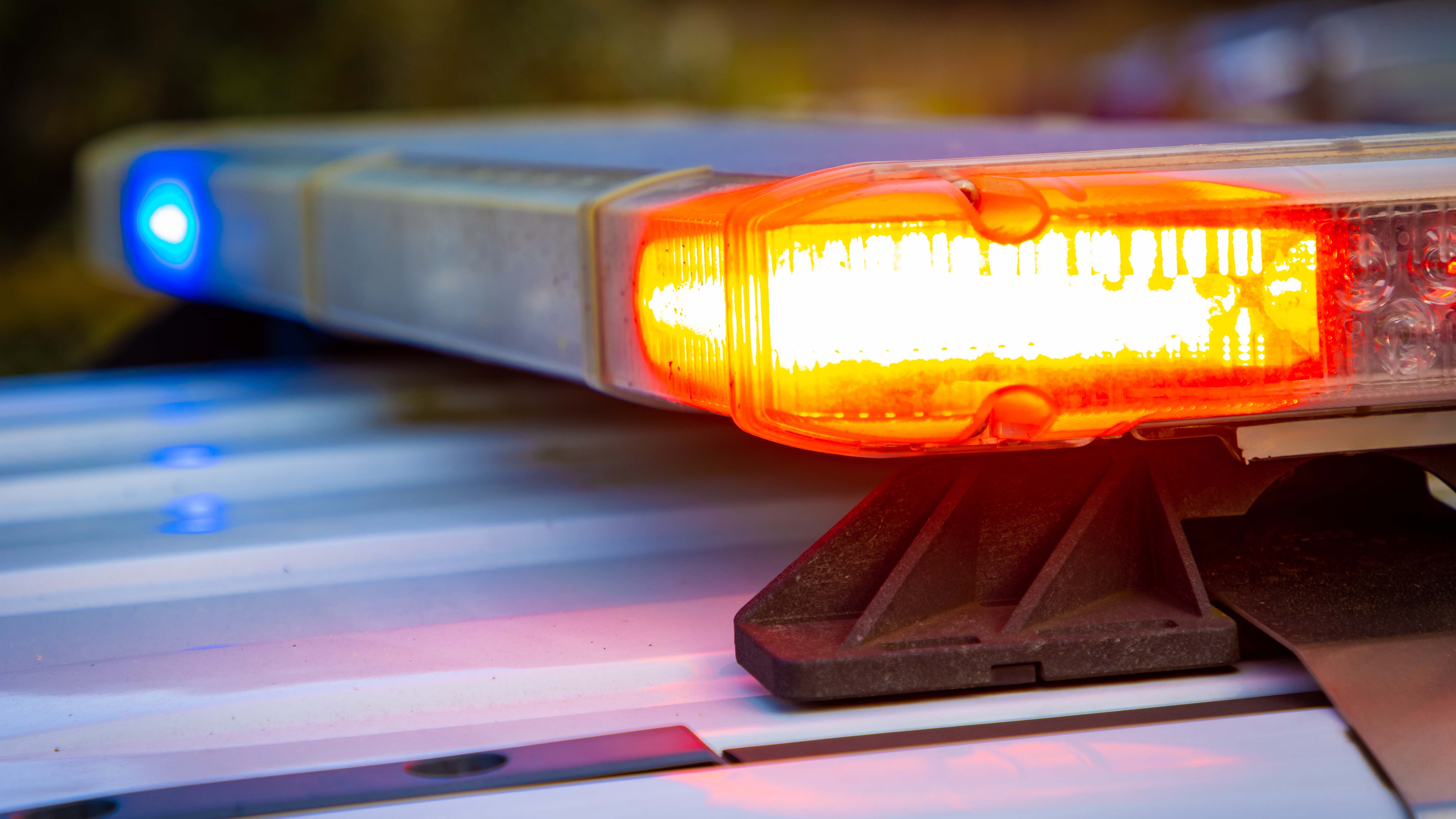As voters across Chicago cast their ballots on Election Day, relatively few problems have been reported at polling places, officials said Tuesday afternoon, but the day was not without its trials and tribulations.
Seven judges were removed from the polling locations, James Allen, director of communications for the Chicago Board of Elections, said Tuesday.
Two judges at different locations were removed for sleeping at the polling station and others were removed for being “verbally abusive” or hostile. An election judge in the 2nd Ward, 30th Precinct was also removed after “misdirecting voters,” and allegedly throwing voting booths across the room after being asked to assemble them, Allen said.
In terms of voter turnout, a little less than 60.1 percent of 972,000 registered voters showed up to the polls—including early, Election Day and by-mail ballots, officials said Tuesday afternoon. The turnout number does not, however, include thousands of mail ballots received on Tuesday.
The largest demographic to turn out, officials said, was ages 25-34, with 208,000 voters finding their ways to the polling place. The smallest was 18-24 years of age with 79,000 voters casting their ballots.
Another issue that could alter the announcement of election results, according to the Chicago Board of Elections, is the amount of write-in votes they anticipate will be cast.
"Probably our only concern tonight is judges counting write-in votes," said James Allen, communications director of the Chicago Board of Elections, adding that this was the first time he remembered so many reports of officials "of any political party talking about writing in for even the highest offices."
Local
"Judges might have to take more time there, but hopefully that won’t be the case," he said.
Elected officials across the country have openly discussed writing in a candidate for president, with Illinois Sen. Mark Kirk saying Tuesday that hew rote in disgraced former CIA Director David Petraeus after pulling his endorsement of Republican presidential nominee Donald Trump in June.
Those write-in votes could add time to the process of tallying ballots, officials said.
"What happens is, as the ballot is fed into the scanner, if there’s a mark next to the name printed on the ballot then the scanner knows that’s a vote for candidate Smith or candidate Jones," Allen explained.
"But if there's a mark next to the write-in space, it just checks for the connection between the arrows, not the name," he said.
If the write-in arrow is completed, the scanner places the ballot in a different section of the ballot box to be counted individually.
"At the end of the night, the judges have to go through the different sections and tally the write-in votes, determine if the candidate is an eligible write-in candidate, and the voter's intent," Allen said.
If there are a significant number of write-in votes, counting each ballot individually could add extra time to the process before election results can be officially announced.



